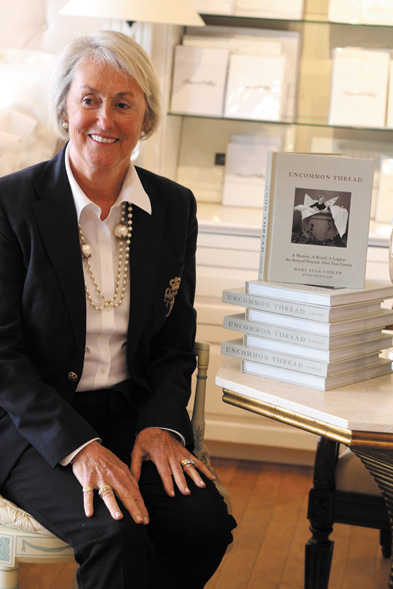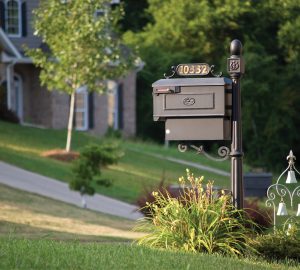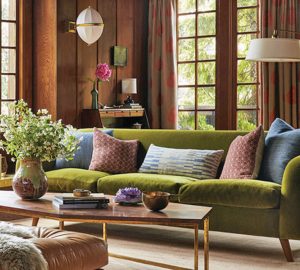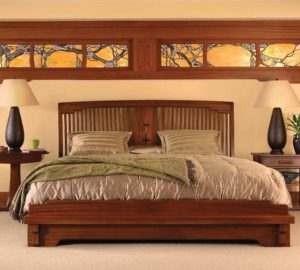Many things start small. For Peacock Alley founder Mary Ella Gabler, who had quit her Wall Street gig and moved to Dallas with her husband, her small start was a handmade boudoir pillow. It caught the eye of a Neiman Marcus executive at a party in 1971. He placed a large order and luxury linen brand Peacock Alley was born. T&S caught up with Gabler when she visited Sallie Home recently to promote her memoir, Uncommon Thread.
T&S: What was that first boudoir pillow like?
Mary Ella Gabler: It was a sweet little pillow with eyelet ruffles and patchwork in small prints and gingham—all things that were popular at the time. It was modeled off a pillow that my friend Gayle spotted in a New York boutique. At the time, we all had our own sewing machines, so we just made our own at home. We started Peacock Alley together.
T&S: What’s been the most satisfying part about running Peacock Alley?
MEG: Product development is my passion. We’re not textile designers, but we’re good editors, and it’s all about finding a style that fits in with Peacock Alley’s look. We utilize our relationship with the stores and do a lot of homework on the needs of the consumer—it’s really a collaborative effort.
T&S: Did you always want to run a business, or was that something that evolved from that first order?
MEG: It evolved. I had lived in New York and worked on Wall Street, and that was an exciting world for me in the ’60s. But after having my children, it didn’t appeal to me anymore. I grew up in an entrepreneurial family and wanted to do something on my own.
T&S: What sets Peacock Alley apart from its competitors?
MEG: We established ourselves early on with a look that was mostly white and neutrals, and that’s our strong suit today—white sheets, neutral bedding, and pops of color with accents and pillows.
T&S: Tell to me about your book. I understand you didn’t initially set out to write a memoir.
MEG: The original concept was a beautiful coffee table book, but the more I got involved in it, the more I thought I should tell my story and the journey of Peacock Alley over the last 40 years. I’m glad I did that, because I think it’s inspired women, especially those wanting to start their own businesses.
T&S: You once predicted that the bedroom would become a multipurpose space for working, relaxing and sleeping. Is that still true?
MEG: When I said that, many were dealing with smaller spaces, so to have a multifunctional bedroom seemed like an important trend, especially in the ’90s. But now we’re so wired in to everything that the bedroom needs to be more of a restful space. People today want cleaner, less complicated surroundings.
Photo courtesy of Sallie Home








